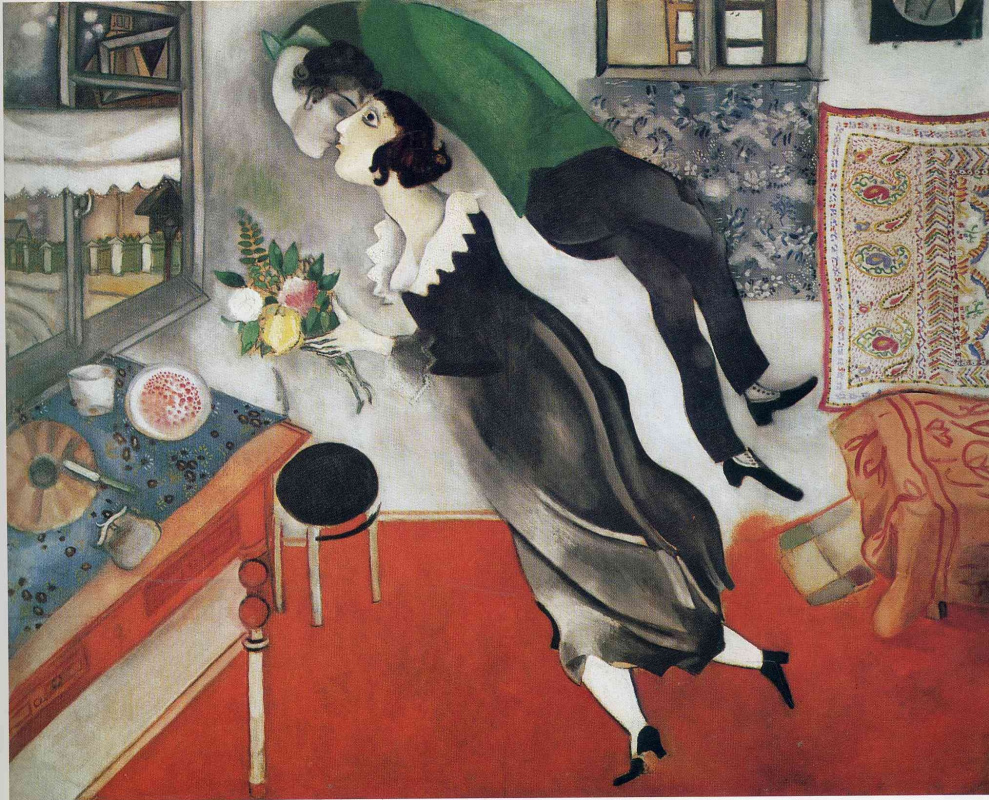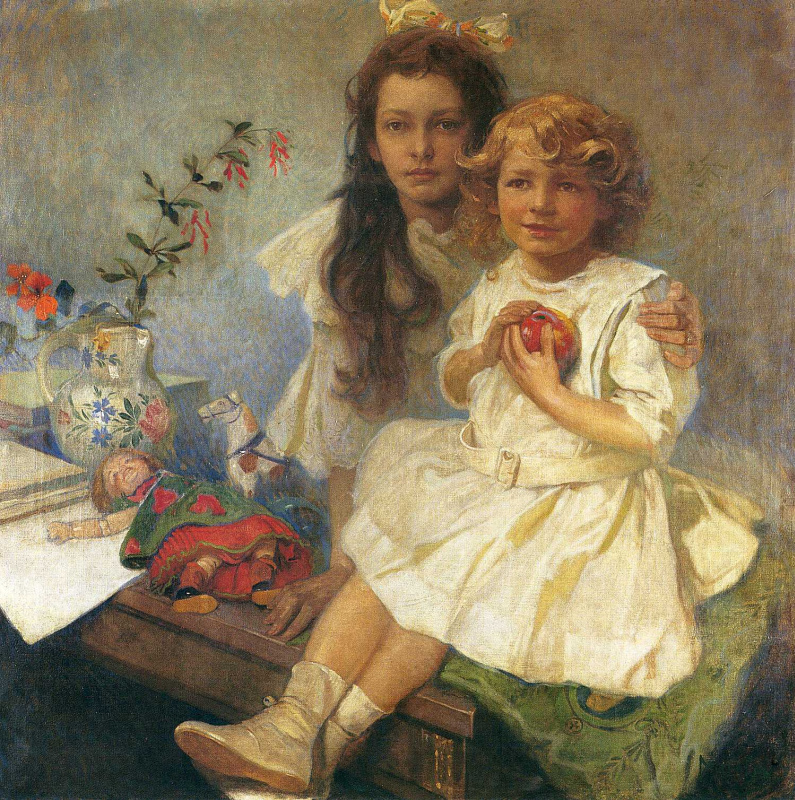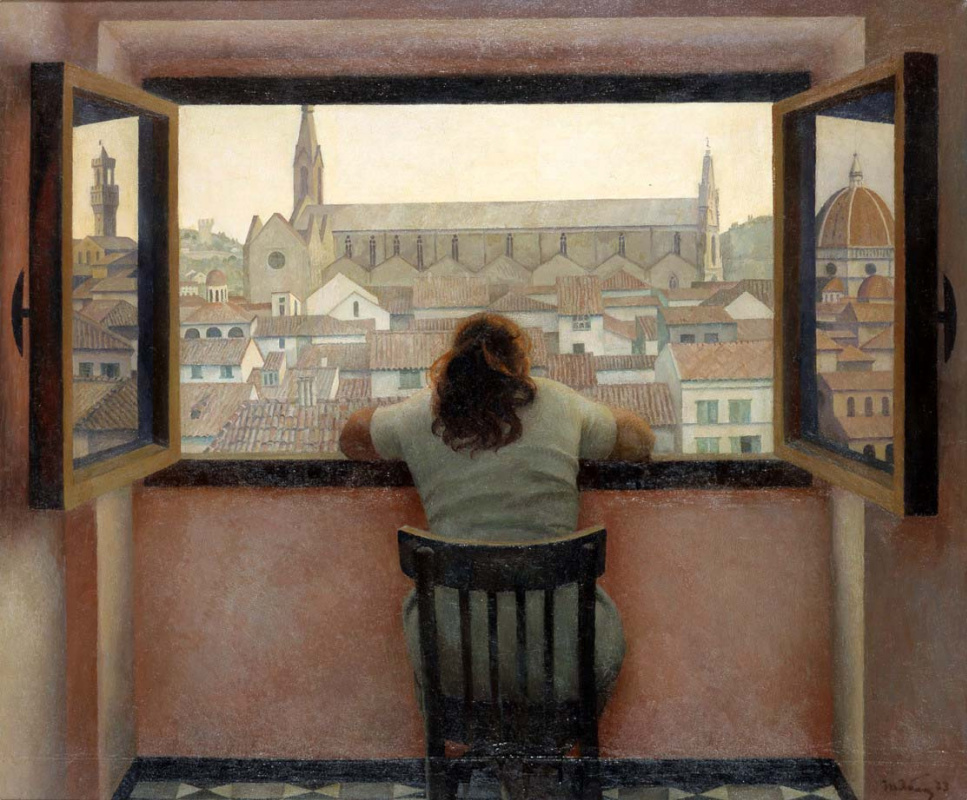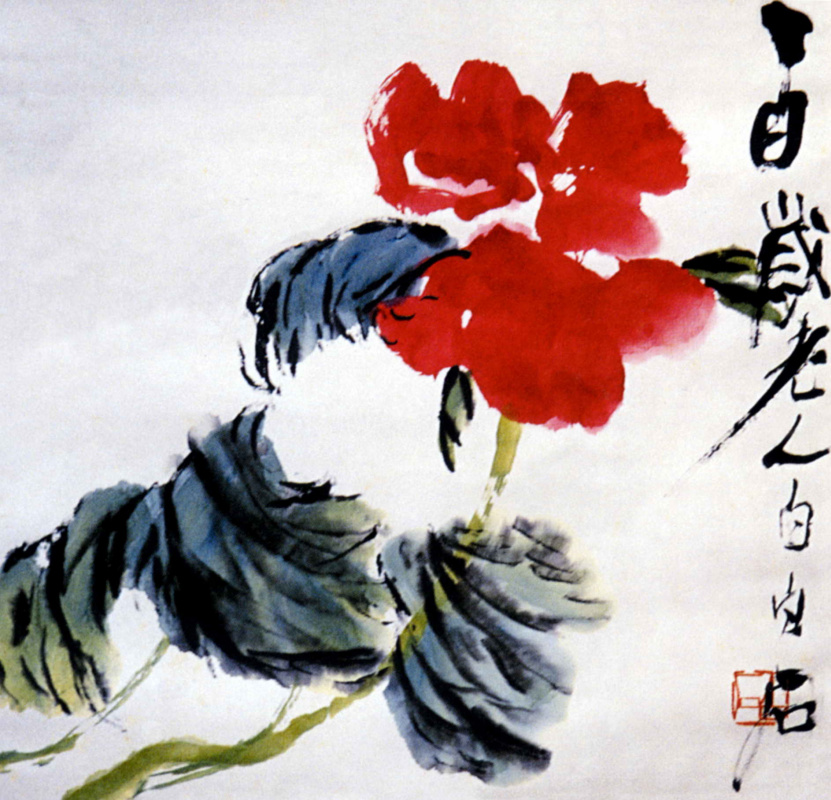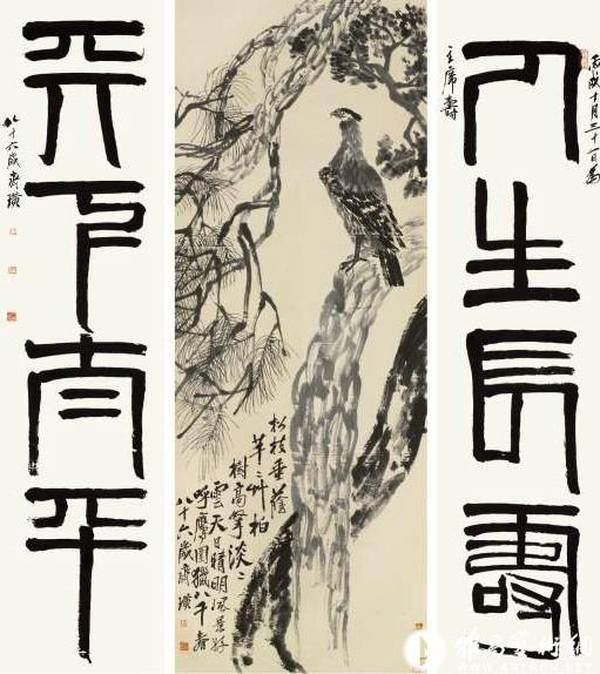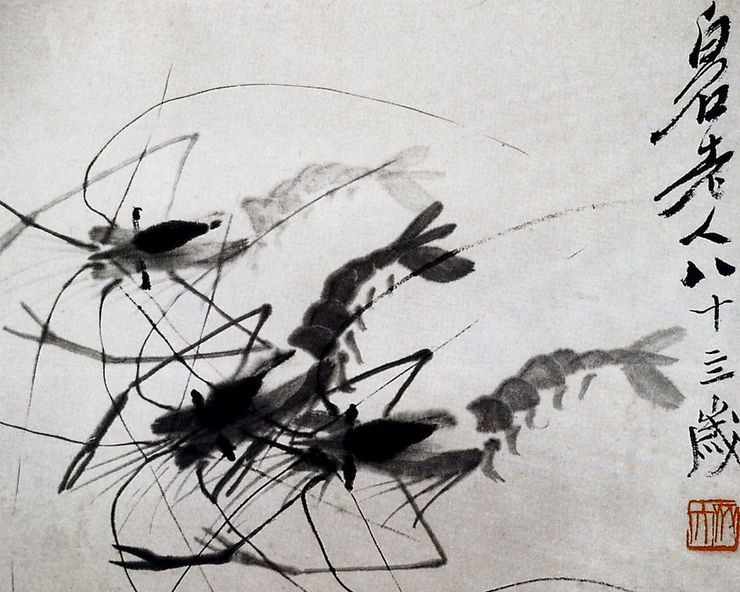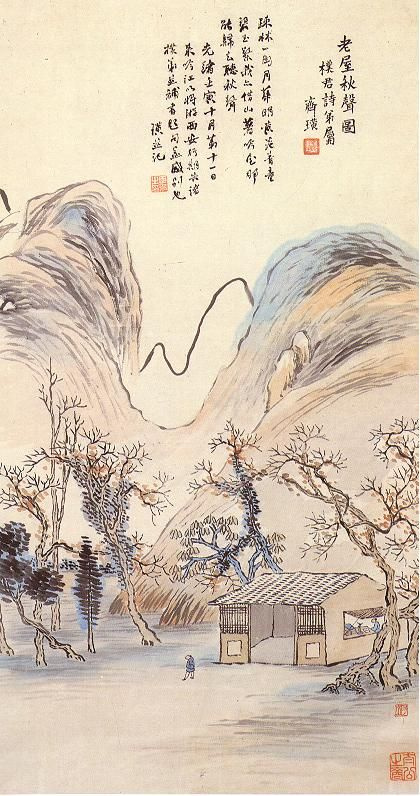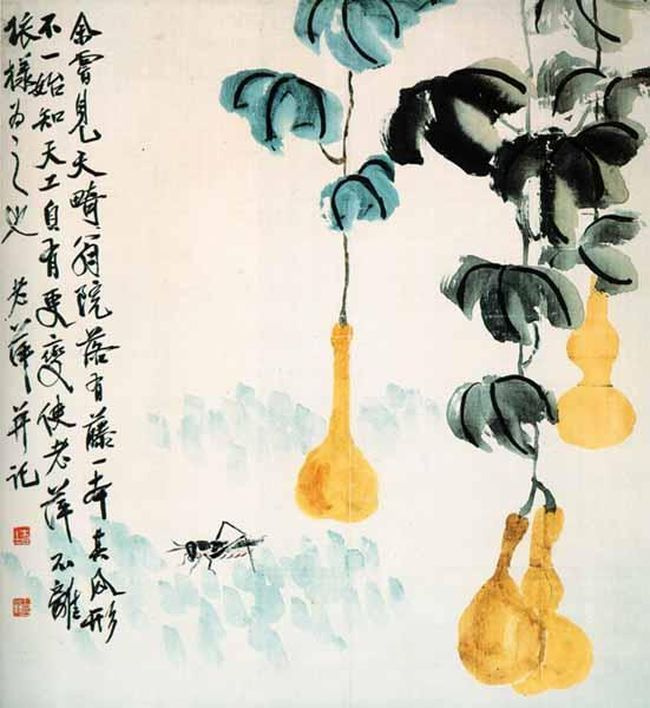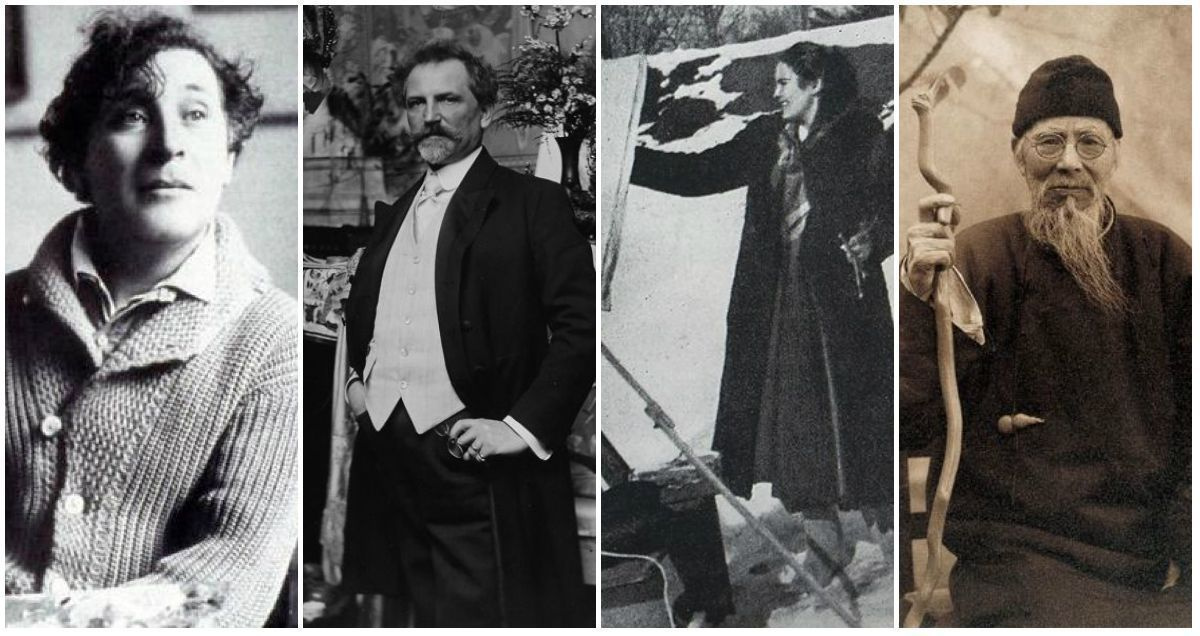
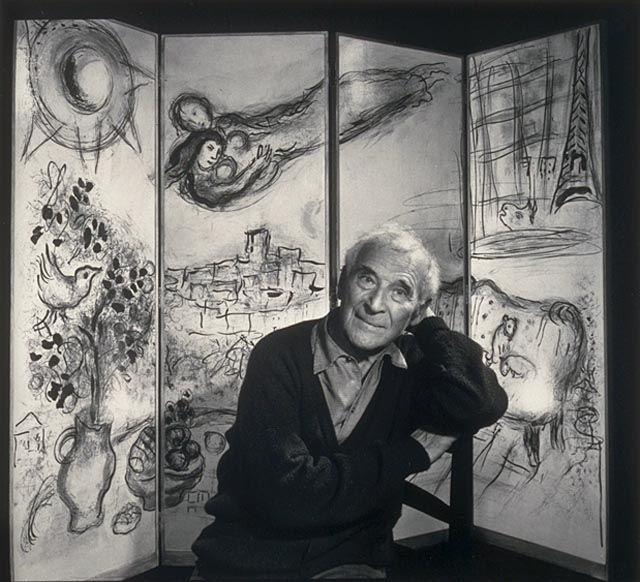
Marc Chagall
Marc Chagall lived for 97 years in Vitebsk, St. Petersburg, Moscow, Paris, Berlin and New York. It may seem he was born for happiness. He began to study painting at the age of 19 at a private school in Vitebsk, and at 23 he left to Paris, having a personal scholarship. His first exhibitions, both personal and joint, were successful. At the age of 30, Chagall was already an internationally famous artist — and even the new Soviet government respected it, making him the head of the Free Academy and the Fine Arts Commissioner in Vitebsk. If it had not been for World War I, he wouldn’t have left Paris for so long.Bella didn’t see how the 77-year-old Chagall created a new ceiling painting for the Paris Opéra, commissioned by the French president and how two years later he created the panels for the New York Metropolitan Opera House. She didn’t see how in the Louvre there was an exhibition of Marc Chagall and he was awarded the Cross of the Legion of Honor. Beside the cheerful artist, incapable of being alone, there was his second wife Vava and a lifelong guardian angel — his already quite grown-up daughter Ida.

Alfons Mucha
Alfons Mucha had an enviable margin of fortune, which was enough for all 79 years of the artist’s life. He met the right people, received life-changing commissions and scholarships, found the sources for financing his most incredible plans in proper time, and became famous after his first big commission.Alfons Mucha. Portrait of Marushka
Even Mucha’s personal life developed as if by itself. Marushka was 22 years younger than Alfons, but she fell in love first, passionately and recklessly, managed to meet the artist, came to his studio and stayed with him until his death.
But all these golden years there still was one component lacking in the personal formula of happiness of the enchantingly famous Alfons Mucha who was passionately in love — it was his homeland. And then his fate for the third time proved to be a brilliant mathematician and added the missing component. In America, during an ordinary pink tea, Mucha met a like-minded rich man Charles Crane, who agreed to fund the artist’s huge project, a cycle of 20 huge canvases called "The Slav Epic". That meant that he could go home to Prague.

Tetyana Yablonska
Due to the post-Soviet reformatting, it is customary now to add to the biographies of great Soviet artists a line: "…and still remained a worthy person." As long as the artists didn’t create Stalin’s portraits, they were allowed into in the 21st century. Tetyana Yablonska was one of those worthy artists who never painted Stalin, but still got into the 21st century on her own. The artist was born in 1917, during the czarist rule, and died in 2005 in independent Ukraine; she didn’t need a special pass, she was more than the Soviet Union.Tetyana Yablonska was married twice, lived with each husband for exactly 11 years and became the mother of three daughters. At first, Olya, Lena and Gayane were their mom’s favorite models, and then became the artists themselves. According to the family legend, the future husband of Lena Yablonska fell in love with her image from the painting "Morning" first. As a boy, he cut out a reproduction of the painting and attached it to the wall, and when he grew up, he married a girl who was exercising in a room filled with morning sun.
When the little Tetianka Yablonska was looking at the sky in anticipation of the falling star, she always said, "I want to become a good artist". When the recognized artist Tetyana Yablonska, who was wheelchair-bound for the last six years of her life, learned to draw with her left hand, it made her really happy.

Qi Baishi
In 2010, Qi Baishi ranked third among the world’s best-selling artists after Picasso and Warhol. But even during his lifetime, he became a legend and was generously endowed with all possible honors and respect in China. One year before his death, being 92 years old, Qi Baishi received the International Peace Award.Qi Baishi’s first wife came to the house of his parents as a 12-year-old girl and lived with Qi for 65 years. But then next to the mature master and an adult man, there was another woman, chosen and beloved. They met in 1919, and got married only in 1940, when Baishi’s first wife died. The great artist of the Chinese people painted 12 landscapes depicting Hengshan Mountain, sold them and spent money on a house-studio. Once he travelled through China’s most beautiful provinces and big cities, returned home with 52 landscapes and decided never to leave his children and home for long. He was an honorary professor and a chairman of a dozen academies, congresses and associations of artists of China, a deputy and friend of Mao Zedong; he was admired by the Japanese and the French; he also taught and headed the art academy for many years and all his life learned from the great artists whom he met during his lifetime. But it is unlikely that he would call these honors his real happiness.
Happiness is to raise seven sons and five daughters. Happiness is to deeply comprehend every craft and art, which one undertakes: be that wood- or stone carving, calligraphy, painting or poetry. Happiness is to breed birds and shrimps, grow flowers and trees to paint them for several decades, and only at the end of life to start understanding their inner nature and character.
Anna Sidelnikova






